Introduction
The Importance of Tattoo Touch-Ups
Tattoo touch-ups play a crucial role in maintaining the vibrancy and clarity of your inked art over time. While tattoos are designed to be permanent, they are not immune to the effects of time, environmental exposure, and skin changes. Understanding the necessity of touch-ups helps individuals appreciate their tattoos more deeply. Regular touch-up sessions can:
- Restore Faded Colors: Colors may dull, requiring enhancement to achieve the original brilliance.
- Define Lined Work: Fine lines can blur, necessitating a refreshing outline for clarity.
- Adjust to Aging Skin: Skin changes can affect tattoo appearance; touch-ups help accommodate these changes.
Investing time in touch-ups ensures that your tattoo continues to reflect the quality of craftsmanship and personal meaning it holds. As the skin ages and life progresses, it’s essential to preserve the stories told through your body art.
Understanding Tattoo Fading
Factors Affecting Tattoo Fading
Tattoo fading is a natural process influenced by various factors that can significantly impact the lifespan and appearance of your ink. To cherish your artwork, it’s essential to understand these elements and how they contribute to fading. Several key factors include:
- Sun Exposure: Ultraviolet (UV) rays can break down tattoo pigments. It’s crucial to apply sunscreen on your tattooed skin when exposed to sunlight.
- Skin Type and Maintenance: Oily or dry skin may absorb ink differently, which can affect the longevity of the design. Furthermore, regular moisturizing can help preserve the tattoo.
- Age and Skin Changes: As skin matures and elasticity diminishes, tattoos may stretch or distort, impacting their visual integrity.
- Ink Quality: Higher-quality inks tend to fade less quickly compared to cheaper alternatives.
By being mindful of these factors, tattoo enthusiasts can take proactive steps to prolong the beauty of their tattoos and minimize fading.
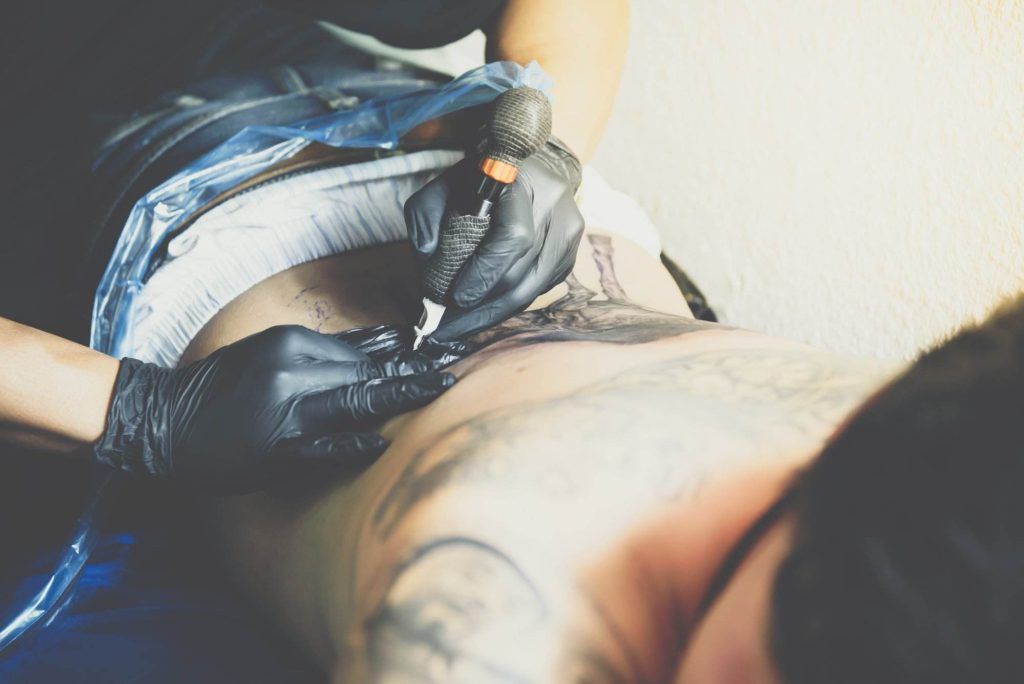
When to Consider a Tattoo Touch-Up
Signs Your Tattoo Needs a Touch-Up
Recognizing when your tattoo needs a touch-up can help you maintain its visual appeal and ensure that it continues to reflect your style. There are several signs to look for that indicate it’s time for a little TLC for your ink. Here are some common signs:
- Faded Colors: If the colors look washed out compared to how they once appeared, a touch-up can bring back the vibrancy.
- Blurred Lines: Over time, fine lines may have smudged or softened, losing the crispness that characterizes well-done tattoos.
- Skin Changes: As skin ages or undergoes other changes, tattoos may start to look different; a touch-up can adjust to these shifts.
- Spotting or Patchiness: Dark or colored areas of the tattoo that seem uneven or patchy might benefit from additional detailing.
By monitoring these indicators, tattoo owners can schedule timely touch-ups, ensuring their body art remains captivating and true to its original design.
Preparing for a Tattoo Touch-Up Appointment
Consultation with Your Tattoo Artist
A successful tattoo touch-up begins with a thorough consultation with your tattoo artist. This step is vital for ensuring that both you and your artist are on the same page regarding the desired outcomes. During the consultation, consider discussing the following:
- Fading and Areas of Concern: Point out specific areas where you notice fading or blurriness. This will help the artist focus their attention appropriately.
- Color Preferences: If you wish to change up some colors or restore vibrancy, communicate your preferences clearly.
- Aftercare Instructions: Asking about aftercare recommendations can make a significant difference in the healing process.
This initial conversation allows your artist to understand your vision and set realistic expectations for the touch-up. Remember, a good artist values open communication and will appreciate your involvement in achieving the best results for your tattoo. This partnership helps create a refreshed work of art you’ll cherish for years to come.
The Tattoo Touch-Up Process
Techniques and Methods Used
Once you arrive for your tattoo touch-up appointment, the process typically involves various techniques and methods tailored to restore the beauty of your tattoo. Understanding these methods can help ease any apprehension you might have about the procedure. Here’s what you can expect during a touch-up:
- Laser Precision: For detailed work, tattoo artists often use precise techniques with their machines to restore faded colors and redefine outlines.
- Pigment Infusion: Artists may introduce more ink into specific areas, carefully layering to ensure an even appearance and touch up any faded spots.
- Blending Techniques: Using soft shading or blending, artists can achieve a gradual transition, making the touch-up look seamless and natural.
Your artist will likely discuss the best approach for your specific tattoo, ensuring that the results meet your expectations. This collaborative effort, combined with their skill, will give your tattoo the rejuvenation it deserves, breathing new life into your body art.
Aftercare Tips for Tattoo Touch-Ups
Proper Healing and Maintenance
After receiving a tattoo touch-up, proper aftercare is crucial for ensuring that your investment heals beautifully. Just like with a new tattoo, the healing process can make or break the appearance of your refreshed art. Here are some essential aftercare tips to keep in mind:
- Keep It Clean: Gently wash the area with mild soap and water to keep it free from bacteria. Avoid scrubbing; simply pat dry.
- Moisturize: Applying a thin layer of fragrance-free lotion or tattoo aftercare ointment can prevent dryness and help with healing.
- Avoid Sun Exposure: Limit direct sunlight on the area during the healing process to protect the colors from fading further.
- Don’t Pick or Scratch: It’s tempting to scratch any itchiness, but picking can ruin the tattoo’s finish.
Following these guidelines will help promote optimal healing and maintain the vibrant appearance of your touch-up, allowing you to enjoy your refreshed tattoo for years to come.
Common Mistakes to Avoid After a Tattoo Touch-Up
Tips for Ensuring a Successful Touch-Up
To ensure that your tattoo touch-up heals perfectly and maintains its stunning appearance, it’s important to avoid common pitfalls during the healing process. Many people unknowingly jeopardize their results with a few simple mistakes. Here are some tips to help ensure a successful touch-up:
- Ignoring Aftercare Instructions: Always follow the aftercare guidelines given by your artist. Skipping steps can lead to complications.
- Over-Moisturizing: While keeping your tattoo moisturized is essential, applying too much ointment can suffocate the skin and impede healing.
- Engaging in Intense Activities: Strenuous workouts or activities that cause excessive sweating can irritate the area and prolong healing time.
- Exposing to Water: Avoid soaking the tattoo in baths, pools, or hot tubs for at least two weeks post-touch-up to prevent infection.
Being mindful of these common mistakes can significantly improve your healing experience. By treating your fresh work with care, you’ll be rewarded with a vibrant, long-lasting tattoo that you can proudly showcase.
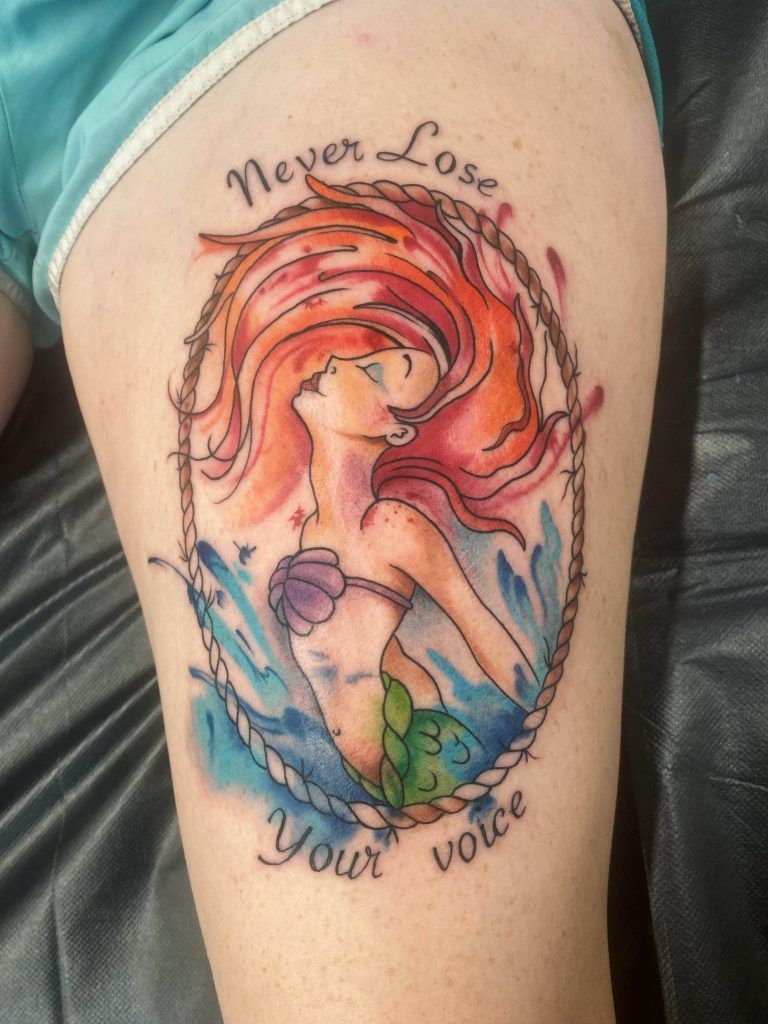
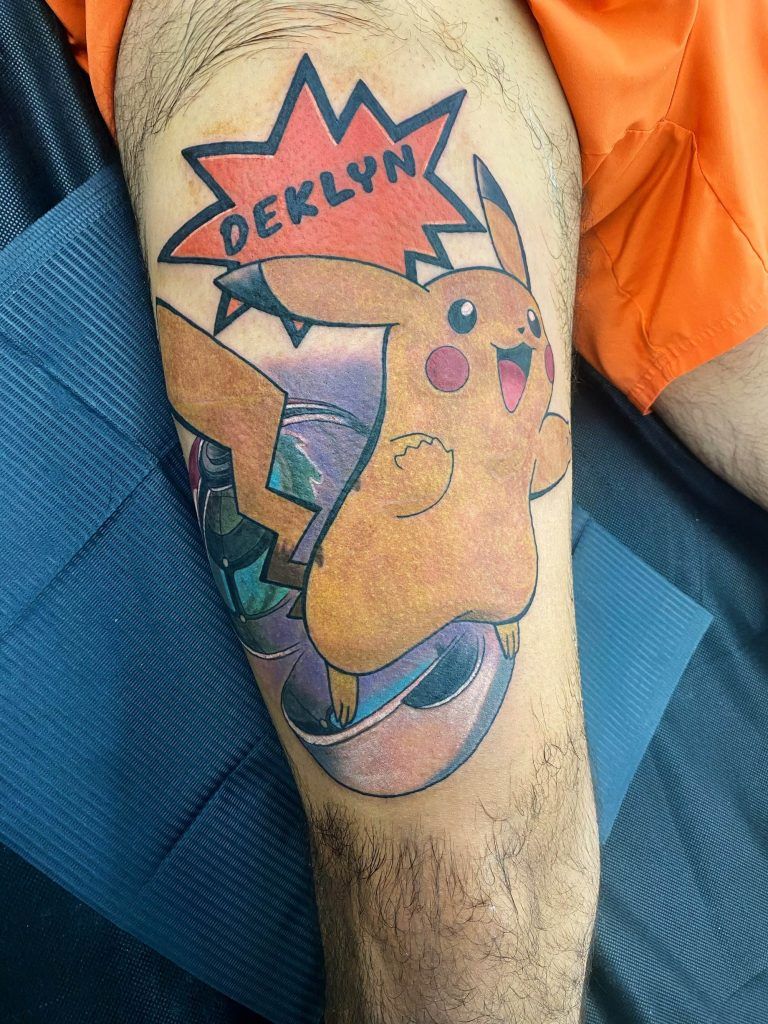
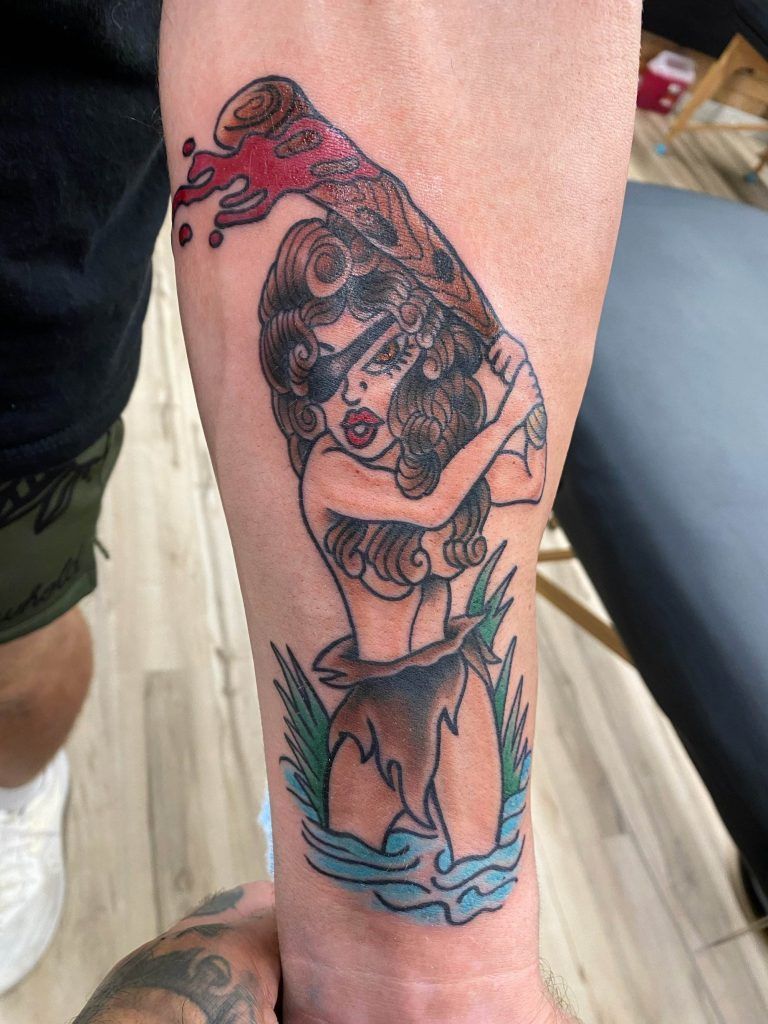
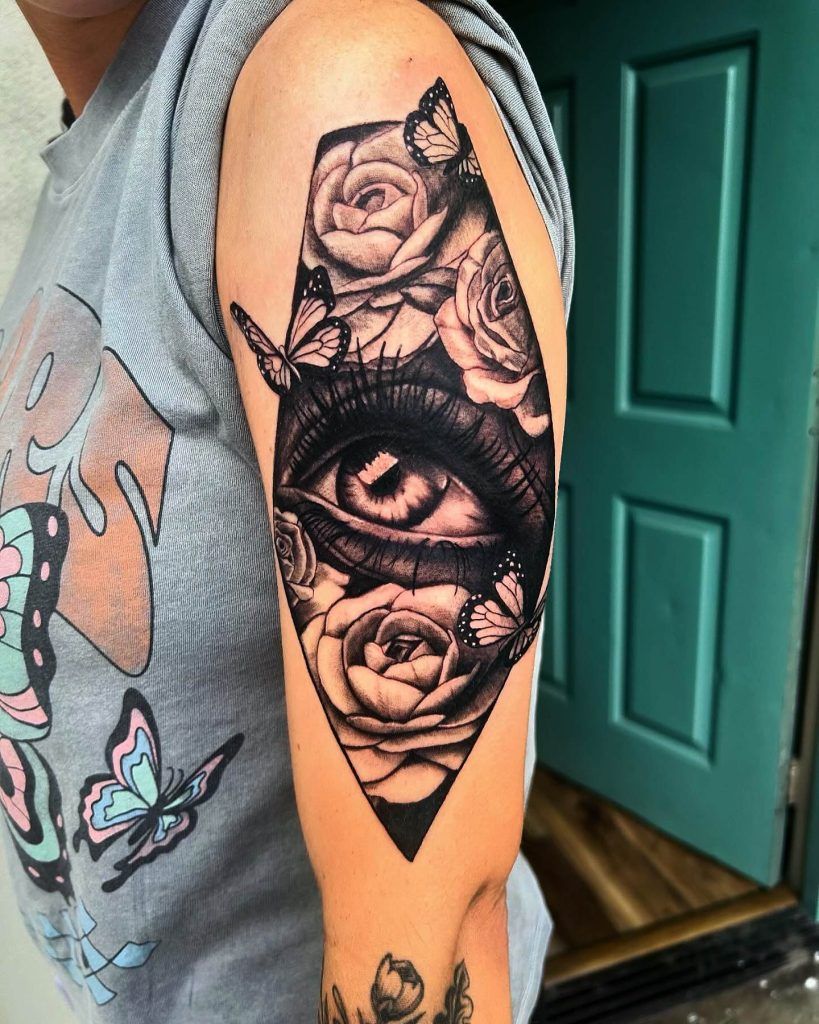
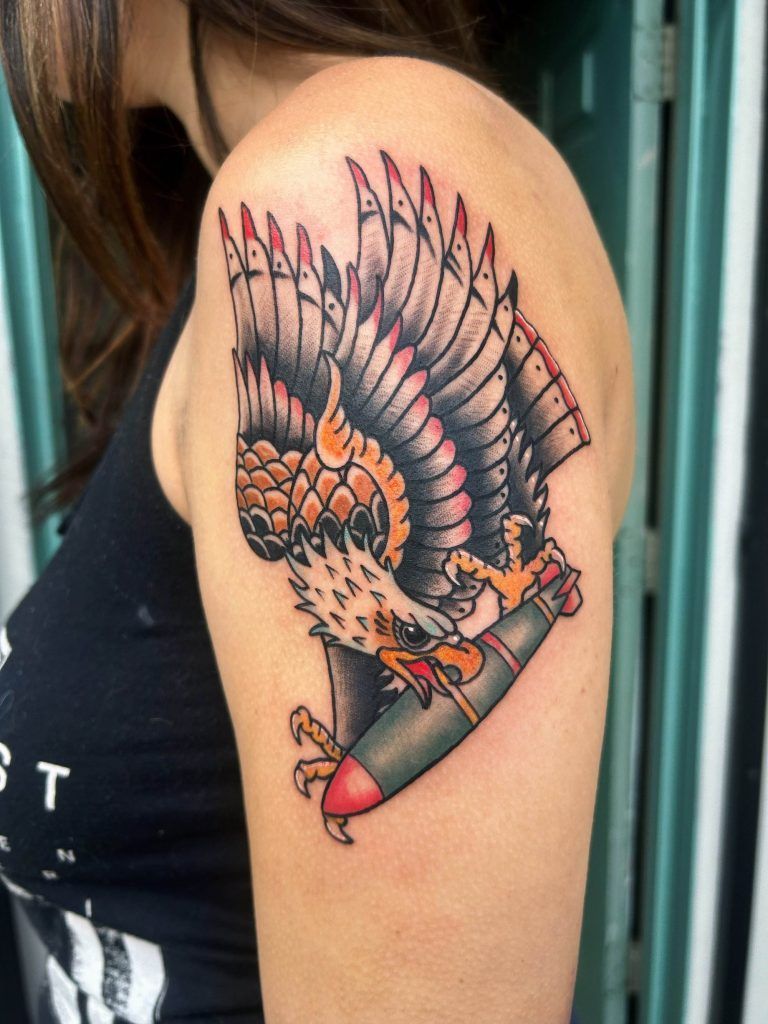
Cost of Tattoo Touch-Ups
Factors That Influence the Cost
When considering a tattoo touch-up, it’s essential to understand the various factors that can influence the overall cost. Prices can fluctuate widely depending on specific elements, so being informed can help you budget accordingly. Here are the key factors that typically impact the cost:
- Size of the Tattoo: Larger tattoos require more time and effort, leading to higher costs.
- Location on the Body: Some areas are more challenging to work on, often resulting in additional fees.
- Artist’s Experience: A seasoned artist may charge more for their expertise, but often their experience leads to better results.
- Complexity of the Design: Intricate designs with multiple colors or fine lines usually take longer to touch up and can incur extra charges.
Understanding these variables will not only prepare you financially but also help ensure that you receive the quality of care your tattoo deserves. Always remember that investing in your body art is investing in your self-expression.
Finding the Right Tattoo Artist for Touch-Ups
Research and Recommendations
Choosing the right tattoo artist for your touch-up is a crucial step in keeping your body art vibrant and beautiful. With numerous options available, it’s essential to conduct thorough research and gather recommendations before making your decision. Here are effective strategies to help you find a suitable artist:
- Check Online Reviews: Platforms like social media and tattoo-specific websites often feature reviews from previous clients. Look for artists with consistent positive feedback regarding their touch-up work.
- Examine Portfolios: Many tattoo artists showcase their work online. Pay attention to touch-up examples and how well they restore faded tattoos.
- Seek Personal Recommendations: Ask friends or family members who have gotten touch-ups about their experiences and recommendations. Personal referrals can offer valuable insights.
- Consultation Visits: Schedule consultations with potential artists to discuss your needs and assess their studio environment. This face-to-face interaction can help you gauge their professionalism and expertise.

Taking the time to research and gather recommendations will help you find an artist who aligns with your vision and ensures your touch-up is successful and satisfying.
Tattoo Touch-Up vs. Cover-Up: Understanding the Difference
Pros and Cons of Each Option
When it comes to maintaining or enhancing your tattoo, understanding the difference between a touch-up and a cover-up is crucial. Each option serves a different purpose and has its own advantages and disadvantages.
Tattoo Touch-Up:
- Pros:
- Restores faded colors, enhancing the original design.
- Less invasive and generally quicker than a cover-up.
- Preserves the existing artwork, keeping its personal significance.
- Cons:
- Limited by the original design’s condition; may not resolve major issues.
Cover-Up:
- Pros:
- Provides a fresh start if the original tattoo is undesirable.
- Allows for creativity in designing a new piece over an existing one.
- Cons:
- Can be more expensive and time-consuming.
- Depending on the original design, it may not always effectively hide the underlying tattoo.
Understanding these differences empowers individuals to make informed decisions about how to maintain or transform their body art, ensuring they stay satisfied with their choices for years to come.
